
A Fungus That Looks Like Strawberries and Cream
We take a look at some fungi with some intriguing shapes and colors.
This week’s theme of odd mushrooms was inspired by Eric Wright of Key West, Florida, who sent us a picture of an odd fungus growing in his yard that resembles a colorful Wiffle ball. (Yes, we know it’s not an animal, but even fungi need some love.)
We reached out to Debbie Viess, a biologist and co-founder of the Bay Area Mycological Society, who sussed it out as a type of mushroom called Clathrus crispus. Folks in other parts of the United States will find a similar species in Clathrus ruber.
Both are members of the stinkhorn mushroom family, and stink they do—but their foul perfume has a benefit. Flies are attracted to the stench and get covered in spores, which the insects then take to new habitats, thus helping the mushroom reproduce, Viess said.

“It’s really no different than a flower producing scent for a bee”—it’s just the Addams Family version.
And as altogether ooky as they may look, these mushrooms aren’t poisonous, added Tim James, a mycologist at the University of Michigan. (See “Some 100 Species of Fungus Live on Our Feet.”)
C. crispus doesn’t have a corner on freakiness, though—there are 20,000 described mushroom species with plenty of odd characteristics, some of which we’ve described below.
Lobster Mushroom
“A fungus eating a fungus” is how the Bay Area Mycological Society’s Viess describes this fungus, which parasitizes another mushroom, Russula brevipes, using its body as “scaffolding to produce its own spores.” (See ” ‘Zombie Ant’ Fungus Under Attack—By Another Fungus.”)
In fairness, it does get something in return: a pretty orange color and “more flavor, more oomph,” Viess said. And yes, people eat them.

Bird’s Nest Fungus
As its name suggests, this fungus looks like a tiny bird’s nest—it consists of a little cup, only about 0.4 inch across, that holds its “peridioles,” kind of like a packet of spores, which look like eggs in the nest.
It’s so tiny that a drop of water can dislodge the spores from the cup, causing them to disperse.
Bleeding Tooth Fungus
Viess and James referred to Hydnellum peckii by its sweeter name, strawberries and cream.
This organism excretes a red fluid that looks like blood, the makeup of which James says is unknown. The mushroom contains a red pigment that gives it a pink complexion.
See 47 Vibrant Pictures of Colorful Animals

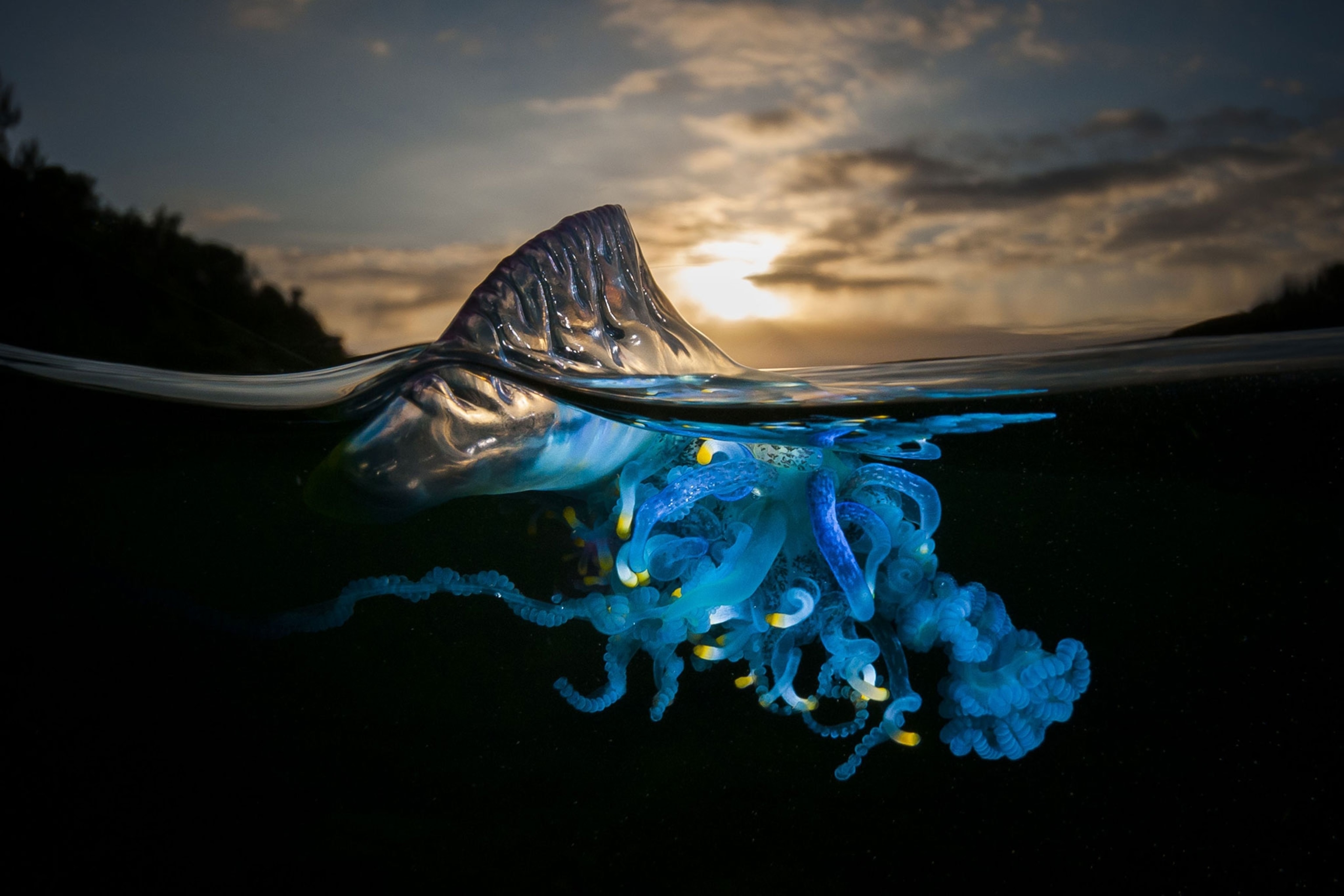

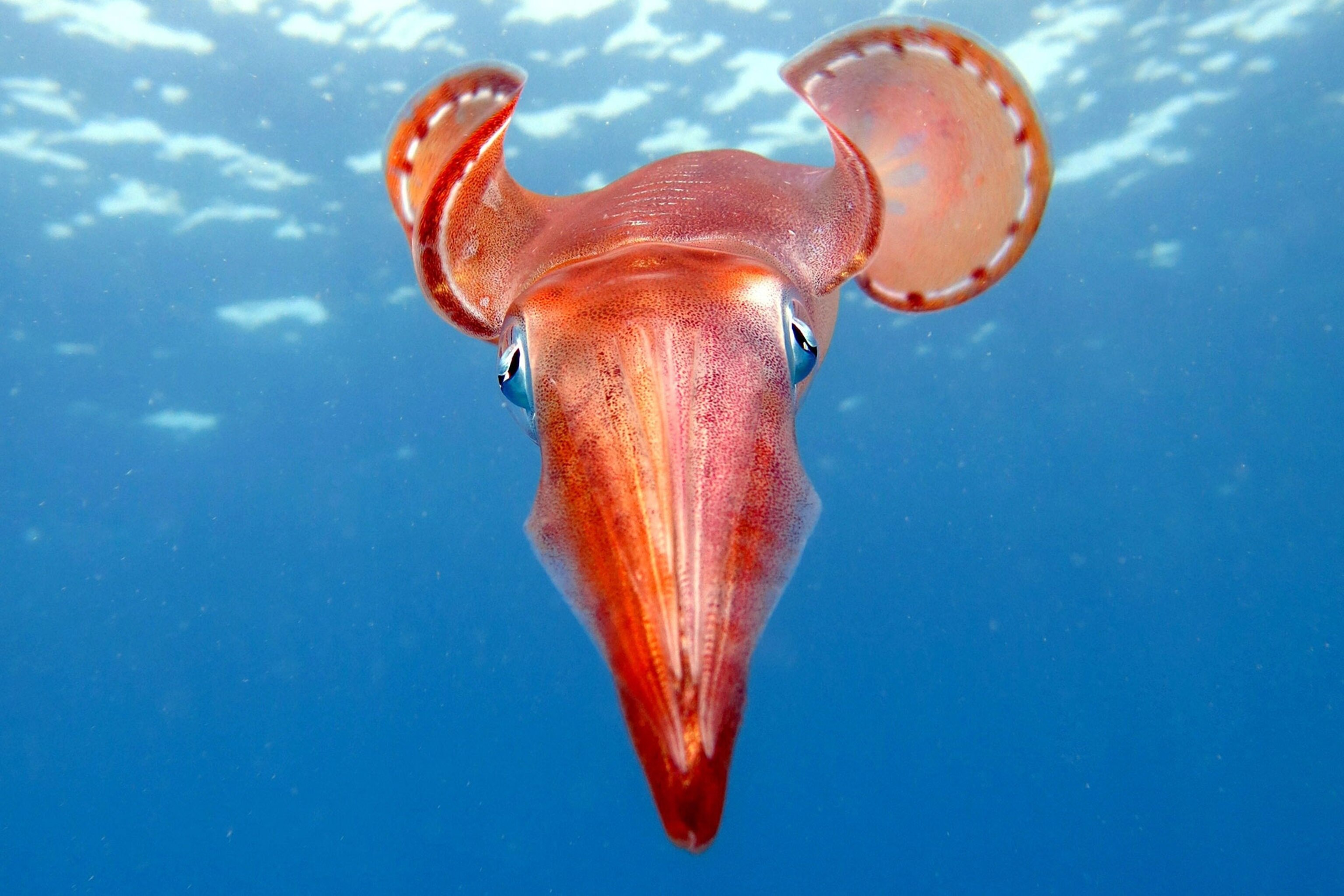
























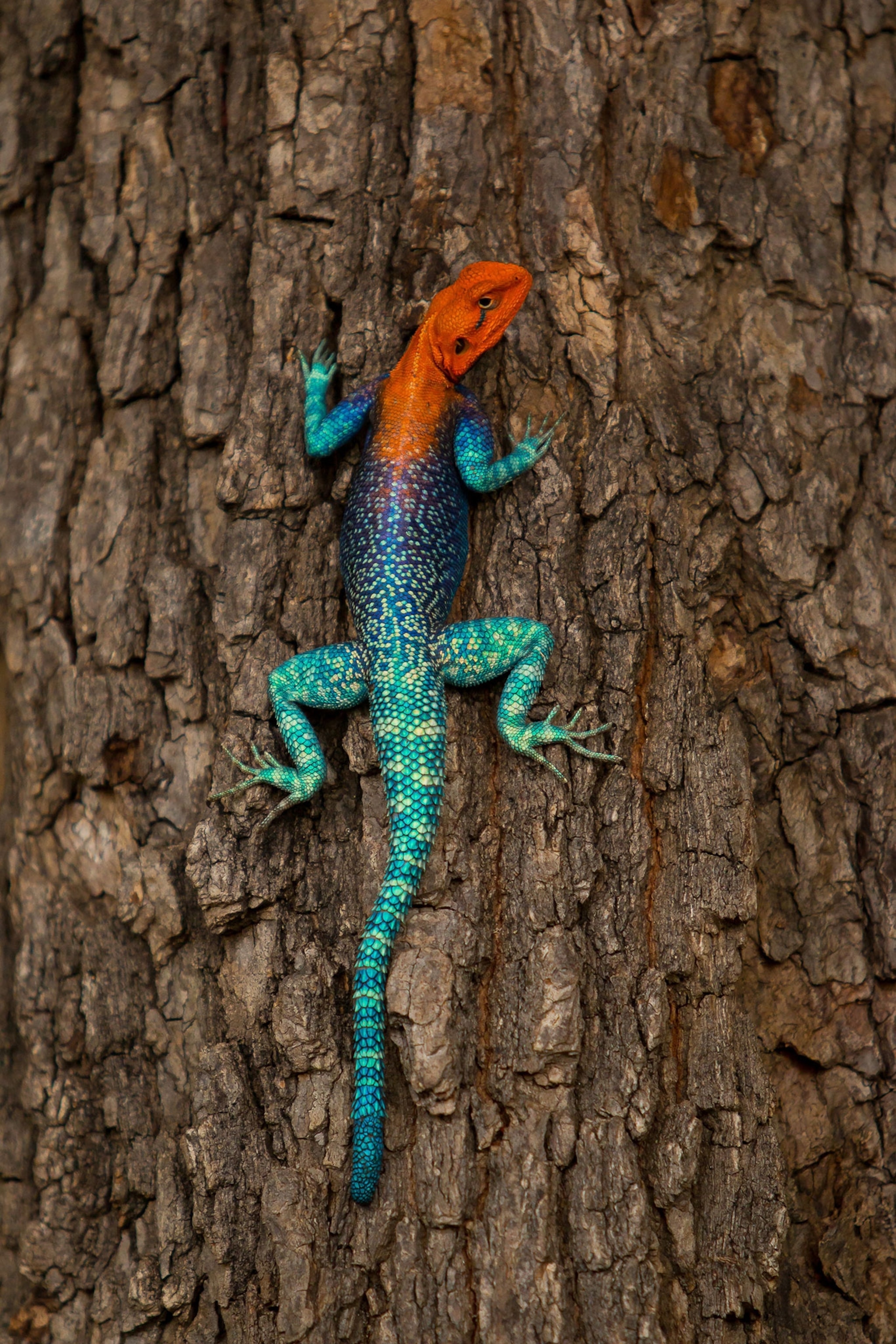





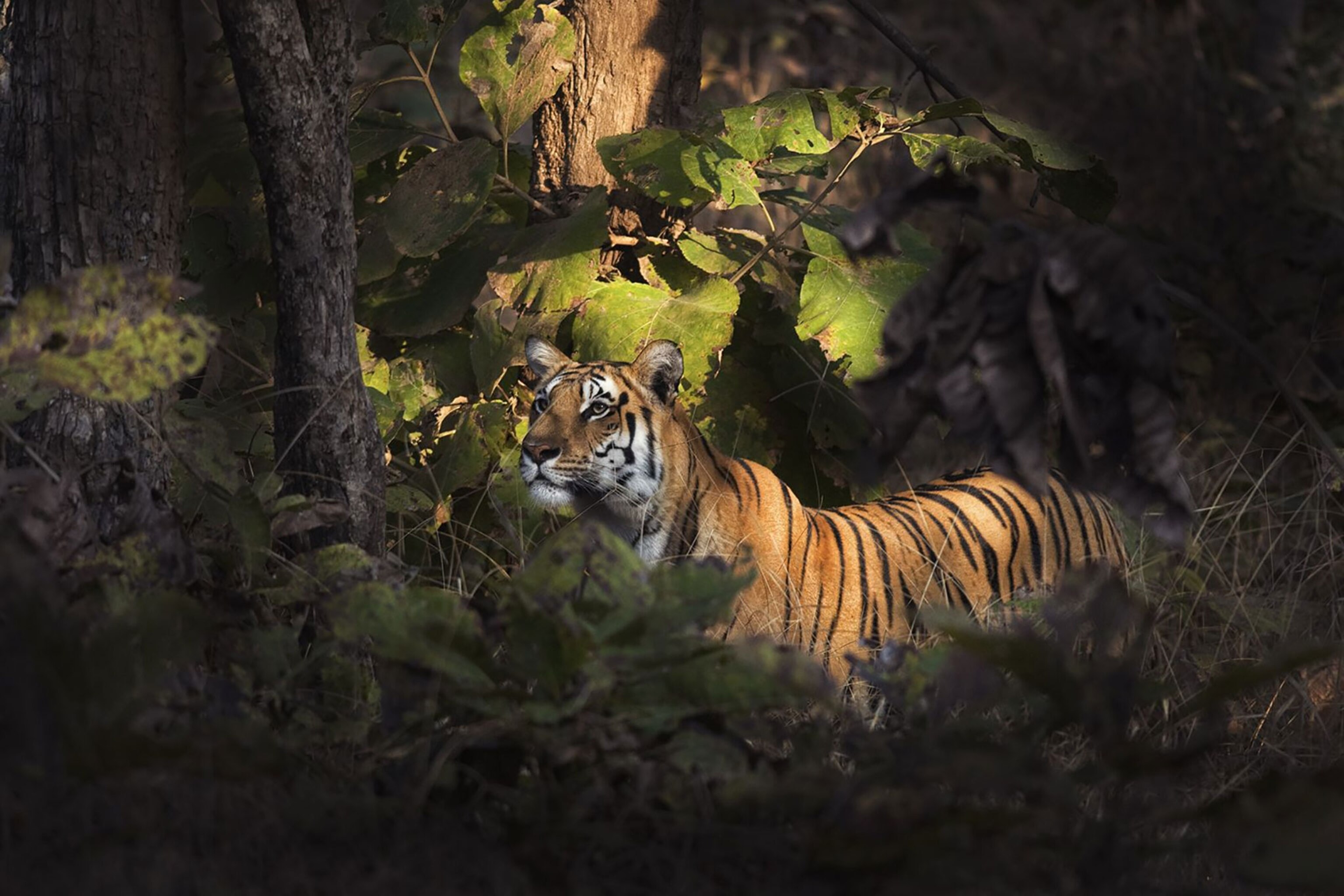

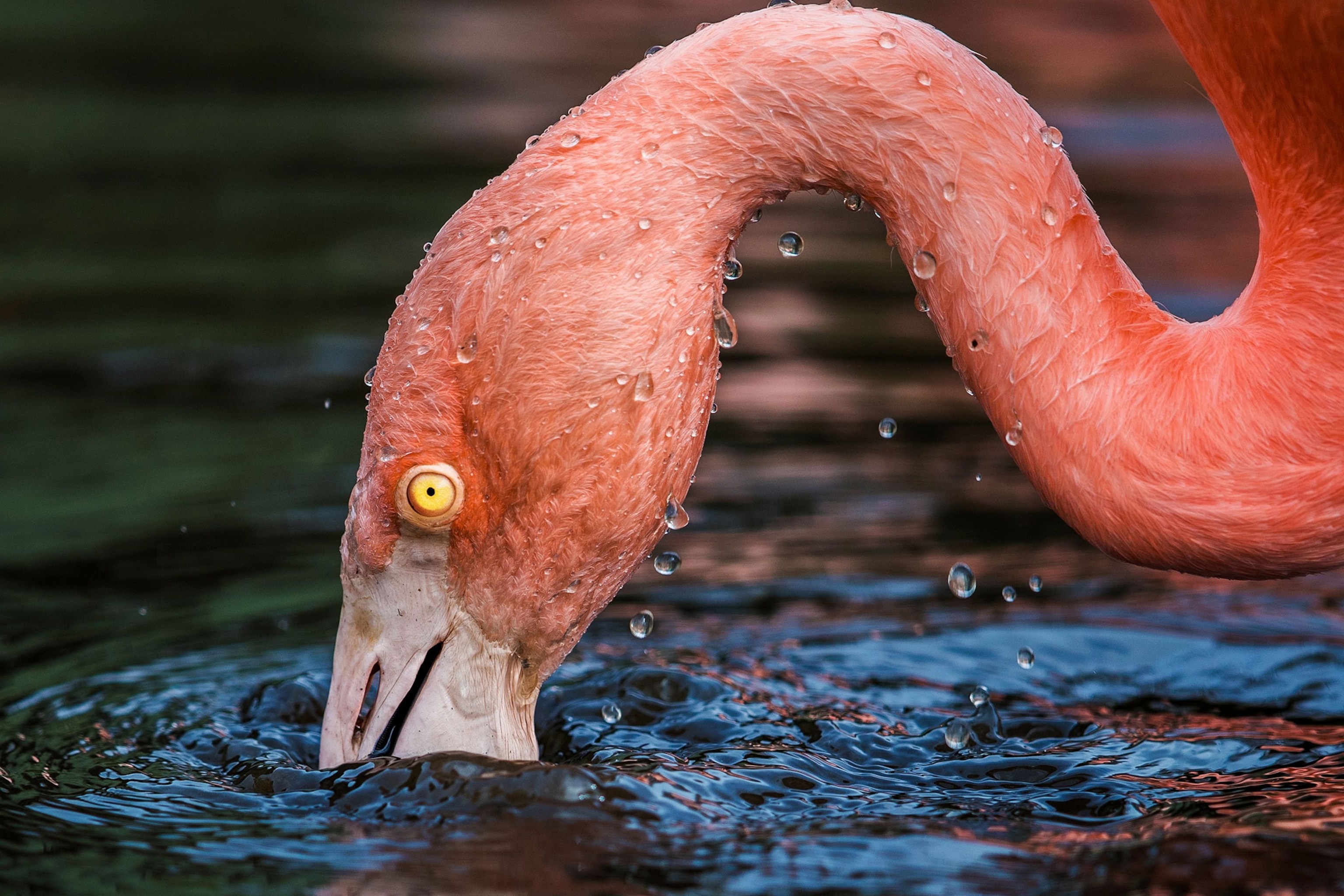





The word tooth in its name refers to the mushroom’s method of spore dispersal—it has teethlike spines that hang down from its underside and release spores.
Cannonball Mushroom
Who knew a mushroom could look like an organic missile silo?
This mushroom is known to shoot a mass of spores as far as 18 feet. According to the University of Wisconsin’s website, that would be like a person six feet tall throwing a baseball 1.5 miles into the air.
If you have a fungus that you need to figure out, James recommends MushroomExpert.com as an excellent field guide for your mushroom mysteries.
We leave you with a picture of Collybia cirrhata, which grows on the decayed remains of other mushrooms.

Related Topics
You May Also Like
Go Further
Animals
- Fireflies are nature’s light show at this West Virginia state parkFireflies are nature’s light show at this West Virginia state park
- These are the weird reasons octopuses change shape and colorThese are the weird reasons octopuses change shape and color
- Why young scientists want you to care about 'scary' speciesWhy young scientists want you to care about 'scary' species
- What rising temperatures in the Gulf of Maine mean for wildlifeWhat rising temperatures in the Gulf of Maine mean for wildlife
- He’s called ‘omacha,’ a dolphin that transforms into a man. Why?He’s called ‘omacha,’ a dolphin that transforms into a man. Why?
Environment
- What rising temperatures in the Gulf of Maine mean for wildlifeWhat rising temperatures in the Gulf of Maine mean for wildlife
- He’s called ‘omacha,’ a dolphin that transforms into a man. Why?He’s called ‘omacha,’ a dolphin that transforms into a man. Why?
- The northernmost flower living at the top of the worldThe northernmost flower living at the top of the world
- This beautiful floating flower is wreaking havoc on NigeriaThis beautiful floating flower is wreaking havoc on Nigeria
- What the Aral Sea might teach us about life after disasterWhat the Aral Sea might teach us about life after disaster
History & Culture
- Scientists find evidence of ancient waterway beside Egypt’s pyramidsScientists find evidence of ancient waterway beside Egypt’s pyramids
- This thriving society vanished into thin air. What happened?This thriving society vanished into thin air. What happened?
Science
- Why pickleball is so good for your body and your mindWhy pickleball is so good for your body and your mind
- Extreme heat can be deadly – here’s how to know if you’re at riskExtreme heat can be deadly – here’s how to know if you’re at risk
- Why dopamine drives you to do hard things—even without a rewardWhy dopamine drives you to do hard things—even without a reward
- What will astronauts use to drive across the Moon?What will astronauts use to drive across the Moon?
- Oral contraceptives may help lower the risk of sports injuriesOral contraceptives may help lower the risk of sports injuries
- How stressed are you? Answer these 10 questions to find out.
- Science
How stressed are you? Answer these 10 questions to find out.
Travel
- Fireflies are nature’s light show at this West Virginia state parkFireflies are nature’s light show at this West Virginia state park
- How to explore the highlights of Italy's dazzling Lake ComoHow to explore the highlights of Italy's dazzling Lake Como
- Going on a cruise? Here’s how to stay healthy onboardGoing on a cruise? Here’s how to stay healthy onboard
- What to see and do in Werfen, Austria's iconic destinationWhat to see and do in Werfen, Austria's iconic destination




